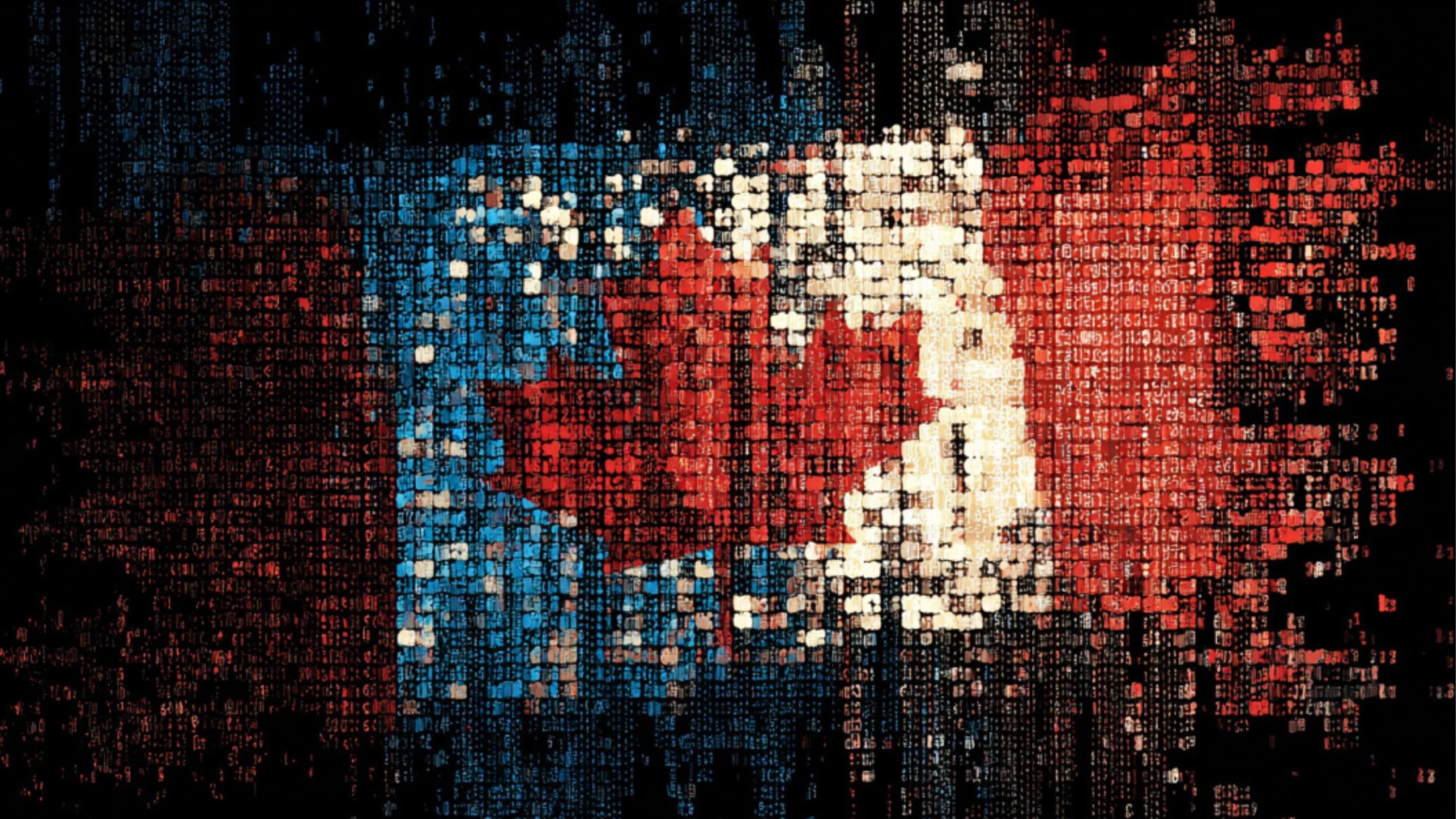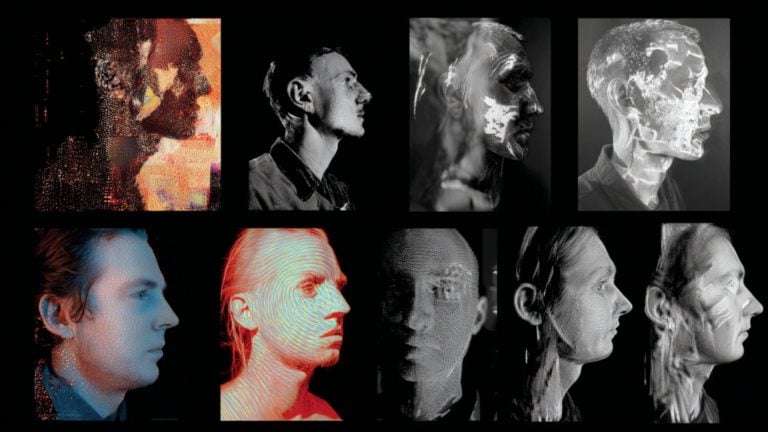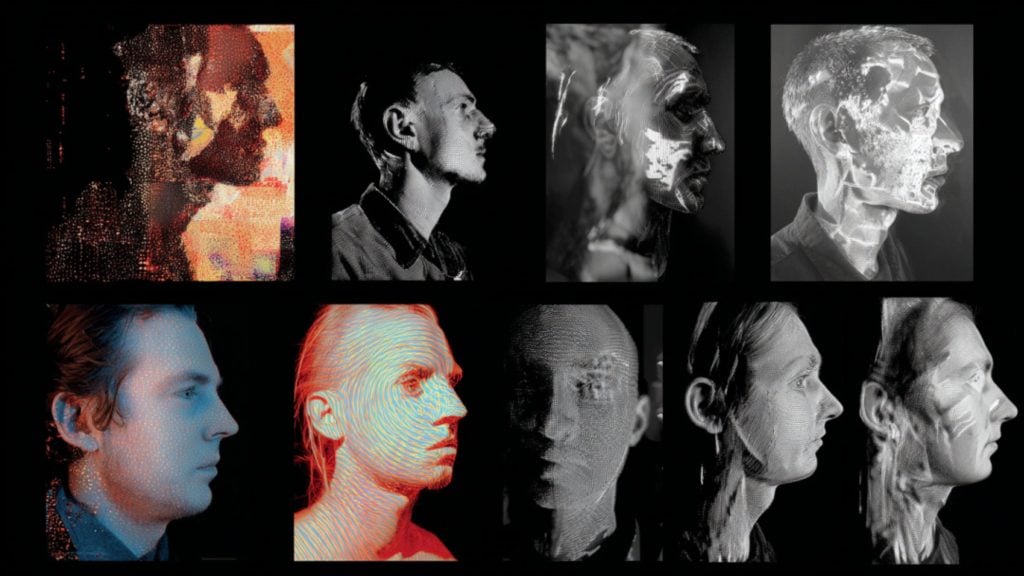Buried deep in Canada’s 2025 federal budget, on page 490, a few measured sentences reopen a debate that had seemed politically shelved.
The document proposes to “modernize legislative authorities to support information sharing and digital services” within the Department of Employment and Social Development.
The phrasing is unremarkable at first glance, bureaucratic, almost sleepy, but the implications stretch far beyond form-filling convenience.
The government’s new focus is on a digital identification system for individuals applying for Employment Insurance and Old Age Security. It’s a modest-sounding pilot for a much larger idea, one that would eventually link benefit programs under a single, unified identity.
“This modernization would benefit all Canadians by enabling the development of more efficient and convenient government services,” the budget promises.
The text adds that it would be particularly helpful to “seniors, newcomers, persons with disabilities and rural residents,” who often struggle with “outdated, paper-based processes.”
Canada’s federal bureaucracy has flirted with digital identification before, always under the banner of convenience and modernization.
Yet previous governments had distanced themselves from the concept of a centralized ID system, wary of the political backlash surrounding data privacy and surveillance.
This time, the framing is narrower and more pragmatic, tied to benefit delivery rather than a broad identity overhaul.
Behind the scenes, the groundwork has been quietly forming. In 2024, Employment and Social Development Canada commissioned consultants to examine how its many benefit systems could be merged.
The solution, officials concluded, lies in integration. A digital ID could function as a master key, unlocking multiple programs without the need for redundant paperwork. The department describes this vision as creating “more integrated and efficient services across government.”
If the proposal’s appeal rests on simplicity, its challenge lies in trust.
Digital identity systems consolidate sensitive personal data such as banking records, biometric details, and health information into single points of vulnerability.
When breached, these systems erode confidence in the institutions meant to protect them.
Canada’s privacy commissioner made that point explicit in a 2024 report, noting “limited trust, particularly when it comes to social media companies, and growing concern about how personal information is protected in the digital age.”
The report also cautioned against increasingly sophisticated “state-sanctioned” data breaches, a reminder that the stakes are not purely domestic.
For a government still recovering from multiple high-profile cybersecurity incidents, the optics of centralized data control are delicate.
The budget’s language tries to soothe: participation will be voluntary, and “existing in-person, mail, or telephone-based services” will remain available.
But voluntary participation often becomes de facto mandatory once systems mature and paper options fade into obsolescence.
The 2025 budget acknowledges some of the logistical hurdles: “Digital literacy gaps among seniors, connectivity issues in rural and remote areas, and language barriers for newcomers can create obstacles to navigating digital platforms.”
It’s a candid admission that modernization does not automatically translate into accessibility.
The government insists the goal is equity, simplifying access for “lower-income people” and reducing the bureaucratic friction that keeps vulnerable groups from receiving timely benefits. But even well-intentioned digital reforms can widen divides if the human layer is neglected.
Whether the new initiative becomes the seed of a national digital ID or fades into another bureaucratic experiment will depend on more than legislative amendments. It will hinge on how the government addresses privacy safeguards, transparency, and consent.
For now, the move is framed as a modernization of service delivery, a simple fix for outdated systems. Yet in the language of “information sharing” and “integration,” there’s a glimpse of something more profound, a slow but steady redefinition of the relationship between citizen and state.
The push toward digital identification is not unique to Canada.
Prime Minister Keir Starmer’s government has revived plans for a national digital ID, pitching it as a voluntary system to streamline access to public services and curb fraud. Australia’s 2024 Digital ID Bill and the EU’s Digital Identity Wallet pursue similar goals, linking citizens’ credentials across platforms and borders.
These initiatives point to a coordinated global experiment in state-backed digital identity, where efficiency is sold as progress but the fine print touches on power and trust.










